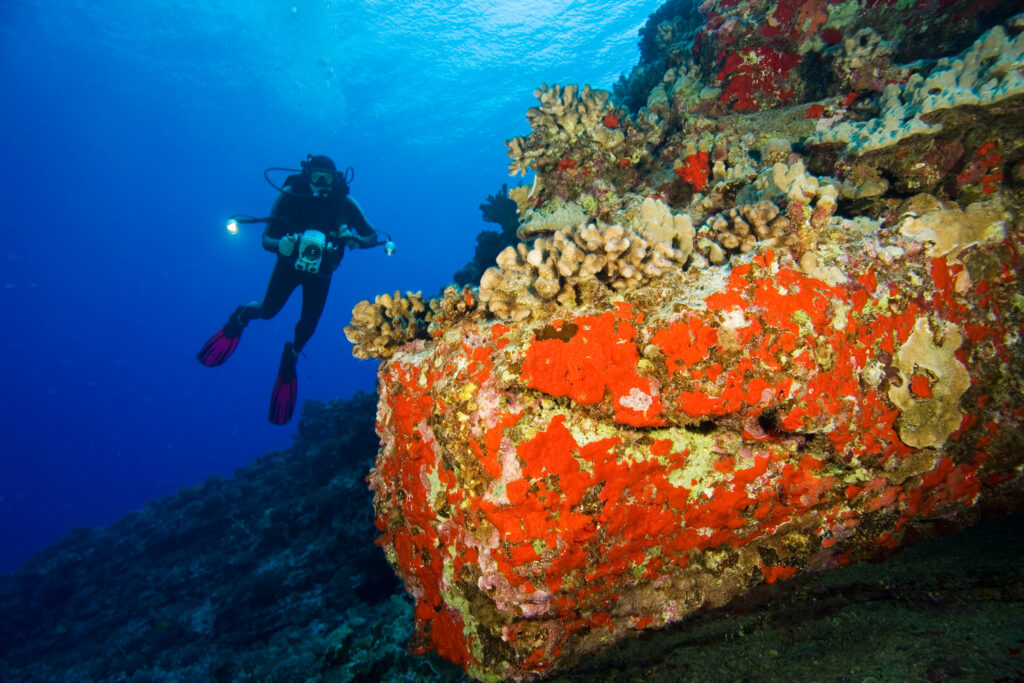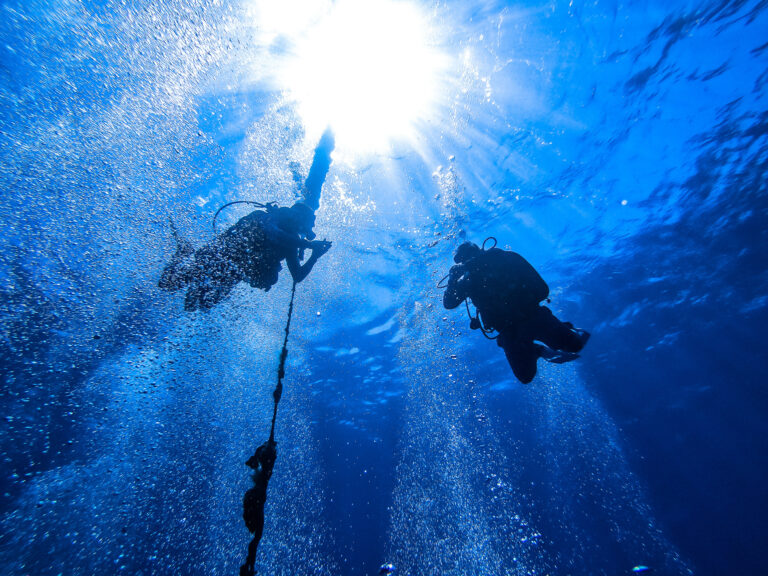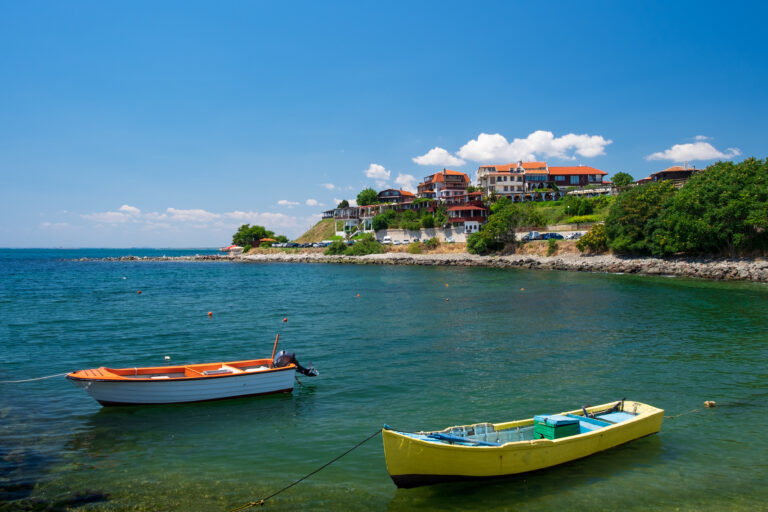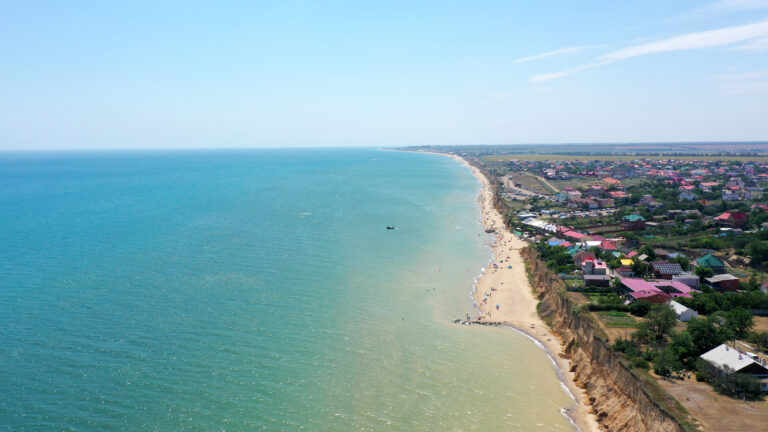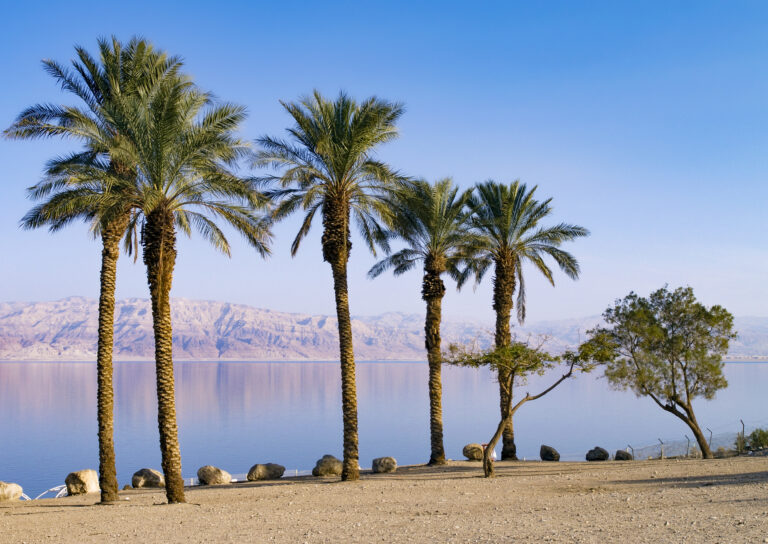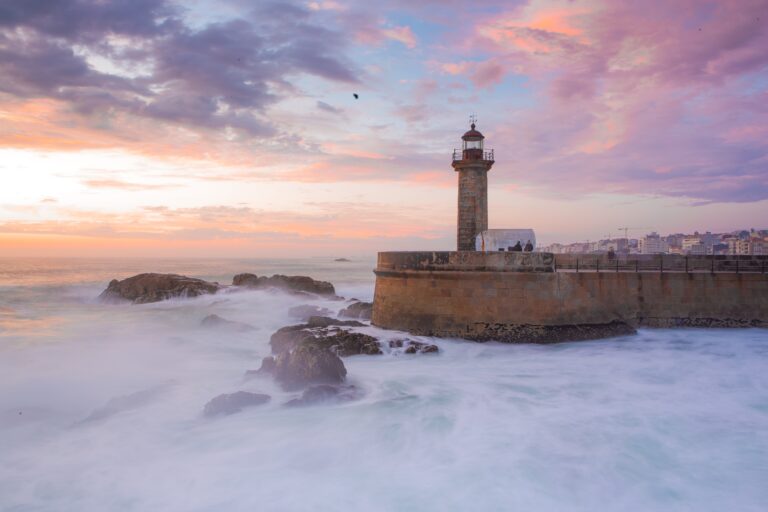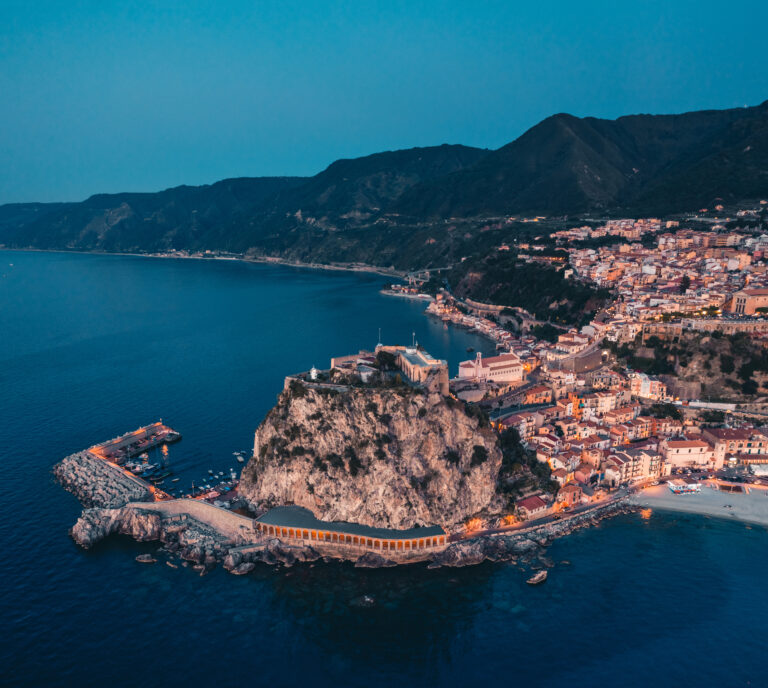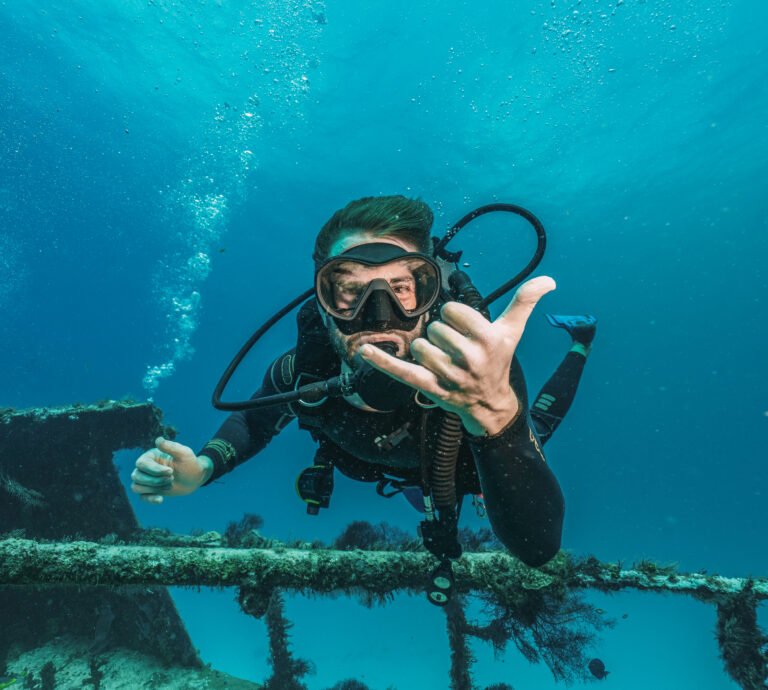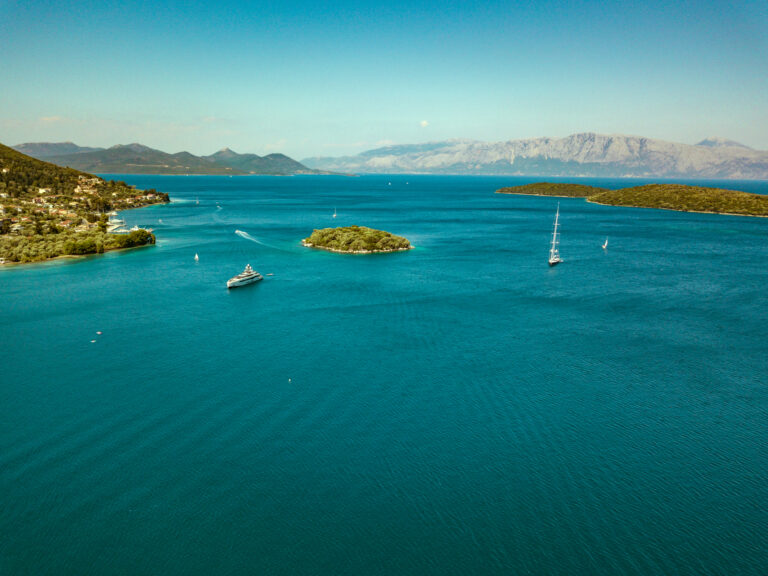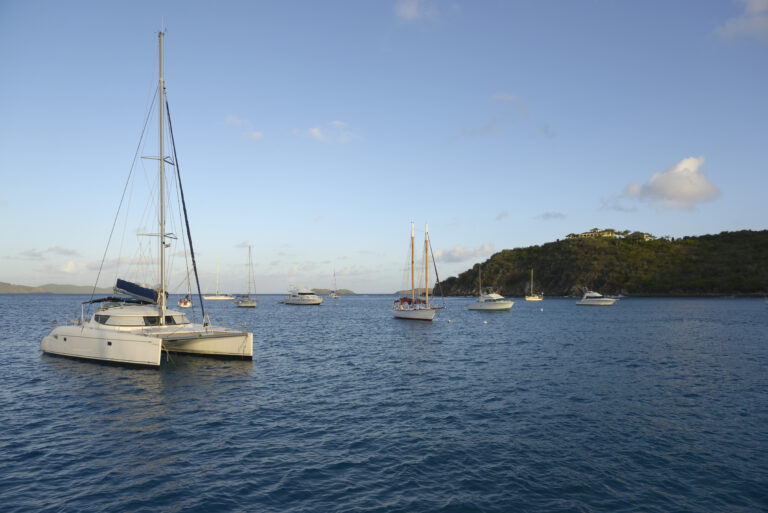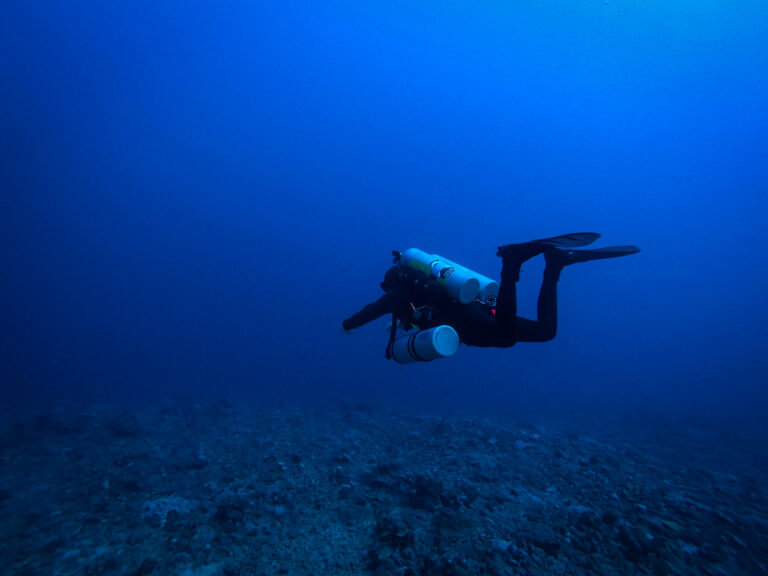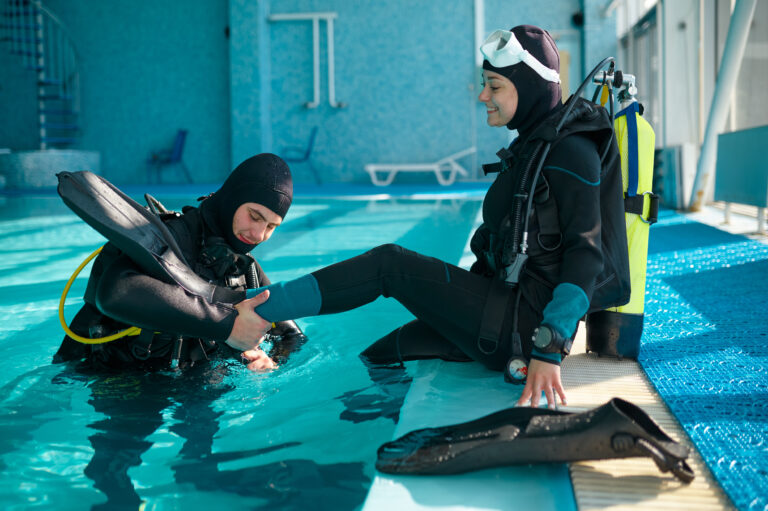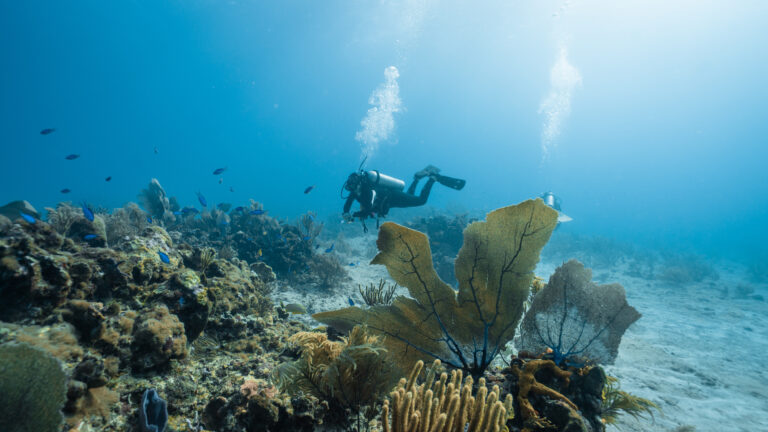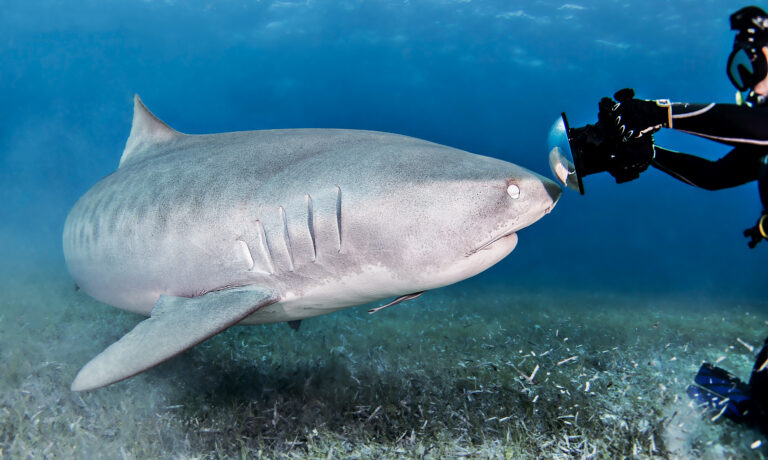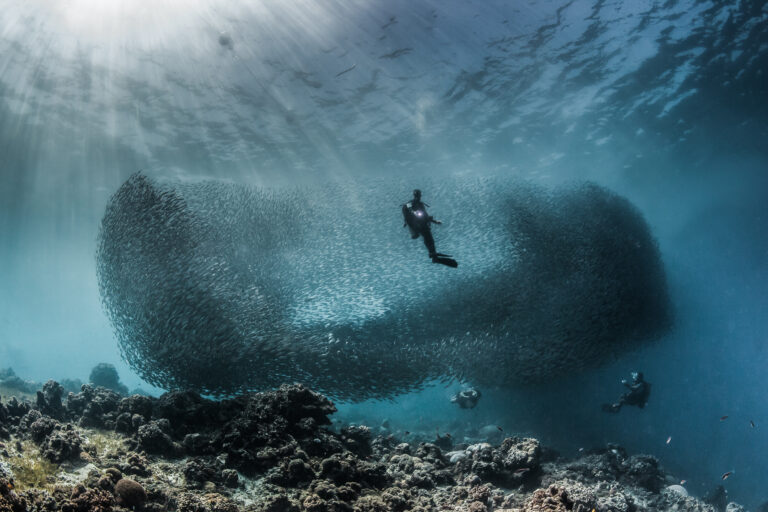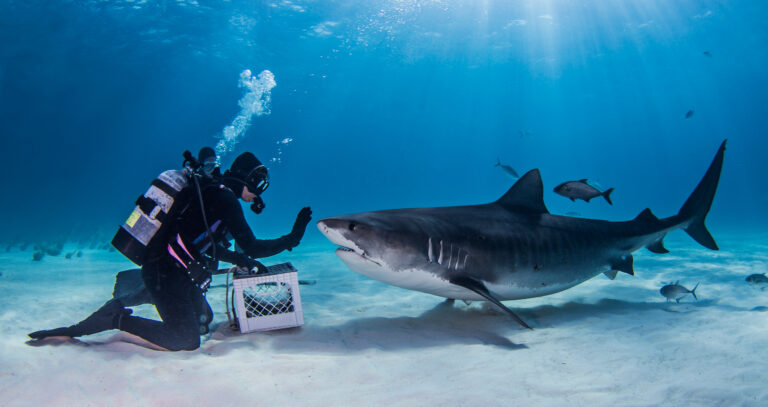Scuba Divers’ Travel Guide to Colombia
Colombia offers a rich and diverse underwater experience for scuba enthusiasts, boasting vibrant marine ecosystems teeming with life. Its Caribbean and Pacific coastlines present a variety of diving opportunities, from coral reefs brimming with colorful fish to dramatic underwater cliffs and canyons. The country’s waters are home to an array of species, including rays, turtles, and a multitude of tropical fish, making each dive a unique adventure. Colombia’s maritime heritage and warm, welcoming culture add an extra layer of appeal for visitors. Whether you’re a novice or an experienced diver, the underwater wonders of Colombia promise unforgettable experiences.
Location and Geography
Nestled in the northern tip of South America, Colombia boasts a unique geographical position that gifts it with vast coastlines along both the Pacific Ocean and the Caribbean Sea. This dual-ocean access opens up a diverse underwater world for scuba divers, with the Caribbean coast offering warm, clear waters and vibrant coral reefs, particularly around the idyllic Rosario Islands and the world-renowned San Andres and Providencia. On the Pacific side, the remote and wild Chocó region provides a stark contrast, with nutrient-rich waters that attract large pelagics, including humpback whales, hammerhead sharks, and giant manta rays, especially near the untouched paradise of Malpelo Island. Colombia’s varied topography beneath the waves is a reflection of its terrestrial diversity, with underwater landscapes ranging from gentle sandy slopes to dramatic walls and pinnacles, catering to both novice and experienced divers alike.
Visa and Entry Requirements
Before embarking on your underwater adventure to Colombia, it is essential to understand the visa and entry requirements to ensure a smooth journey. Travelers from many countries, including the United States, Canada, most European nations, Australia, and New Zealand, do not require a visa for stays of up to 90 days for tourism purposes. However, it is always advisable to check the latest information from the Colombian consulate or embassy in your home country, as regulations can change. Upon arrival, ensure your passport is valid for at least six months beyond your planned departure date and has at least two blank pages for entry and exit stamps. Visitors will typically receive a tourist permit stamped in their passport, which can sometimes be extended for an additional 90 days within Colombia. Keep in mind that proof of onward or return travel may be required by immigration officials. Always carry a copy of your passport and entry stamp while diving and traveling within the country, as local authorities may perform random checks.
Getting to Colombia
Getting to Colombia for an unforgettable scuba diving adventure is a straightforward endeavor, thanks to its well-connected international airports in major cities such as Bogotá (El Dorado International Airport), Medellín (José María Córdova International Airport), and Cartagena (Rafael Núñez International Airport). These airports serve as hubs for numerous international airlines, offering direct or connecting flights from North America, Europe, and other parts of Latin America. Upon arrival, divers can take domestic flights or enjoy scenic overland travel to reach coastal destinations like the Rosario Islands, San Andrés and Providencia, or the Pacific enclave of Malpelo Island. With its diverse marine environments and vibrant culture, Colombia is accessible to travelers from around the globe, promising a rich blend of underwater exploration and surface-level cultural experiences. Whether you’re arriving from afar or hopping over from a neighboring country, Colombia’s warm waters and colorful reefs are just a flight or bus ride away.
Best Time to Dive
Getting to Colombia for an unforgettable scuba diving adventure is a straightforward endeavor, thanks to its well-connected international airports in major cities such as Bogotá (El Dorado International Airport), Medellín (José María Córdova International Airport), and Cartagena (Rafael Núñez International Airport). These airports serve as hubs for numerous international airlines, offering direct or connecting flights from North America, Europe, and other parts of Latin America. Upon arrival, divers can take domestic flights or enjoy scenic overland travel to reach coastal destinations like the Rosario Islands, San Andrés and Providencia, or the Pacific enclave of Malpelo Island. With its diverse marine environments and vibrant culture, Colombia is accessible to travelers from around the globe, promising a rich blend of underwater exploration and surface-level cultural experiences. Whether you’re arriving from afar or hopping over from a neighboring country, Colombia’s warm waters and colorful reefs are just a flight or bus ride away.
Accommodation Options
In the vibrant country of Colombia, scuba divers can find a plethora of accommodation options to suit any preference, from the tropical islands of San Andrés and Providencia to the coastal havens of Santa Marta and the historic charm of Cartagena. Divers can opt for luxurious beachfront resorts that offer all-inclusive dive packages, ensuring a seamless transition from room to reef. For those seeking a more intimate connection with the sea, eco-lodges and boutique hotels on the Rosario Islands provide tranquil retreats with easy access to the country’s diverse marine parks. Budget-conscious travelers aren’t left out, as numerous hostels and guesthouses cater to the backpacking community, often with dive shops on-site or partnerships with local operators. Whether you’re looking to indulge in comfort after a day beneath the waves or simply need a place to rest your head between dive adventures, Colombia’s range of accommodations ensures that every diver can find their perfect base to explore the country’s underwater wonders.
Dive Operators and Dive Shops
In the vibrant waters off Colombia’s coast, dive operators and shops serve as gateways to an underwater realm teeming with life. From the coral-fringed islands of San Andrés and Providencia to the historic shipwrecks near Cartagena, and the biodiverse playground of the Malpelo Island, Colombian dive shops cater to a range of experiences, offering PADI and SSI certifications, guided tours, and equipment rentals. These operators prioritize safety and environmental stewardship, often participating in coral reef conservation efforts. Knowledgeable local guides are eager to share the secrets of their marine sanctuaries, ensuring divers of all levels—from the curious novice to the seasoned pro—can immerse themselves in Colombia’s aquatic wonders. Whether you’re looking to drift along gentle currents, explore caverns and crevices, or encounter the majestic hammerhead sharks, Colombia’s dive operators are your trusted companions for an unforgettable underwater adventure.
Transportation within Colombia
In Colombia, transportation options to reach the country’s prime scuba diving destinations are as diverse as its marine landscapes. Major cities like Bogotá, Medellín, and Cartagena are well-connected by air with domestic flights to coastal areas such as San Andrés and Providencia islands, where some of the best diving spots can be found. For those looking to explore the Caribbean coast, buses and private transfers can take you from Cartagena to Santa Marta, a gateway to the diving treasures of Tayrona National Park. In the Pacific region, divers can venture to places like Bahía Solano or Nuquí, which are accessible by small regional flights or, for the more adventurous, by boat. Once in these coastal towns, local transportation such as taxis, motorbikes, or even tuk-tuks can be used to reach dive shops and piers. Always remember to plan ahead, as some remote areas may have limited transportation options and schedules, particularly in the Pacific region, where the rugged terrain and less developed infrastructure can make travel more challenging but equally rewarding for the intrepid diver.
Currency and Payment Methods
In Colombia, the official currency is the Colombian Peso (COP), and it is essential for scuba divers to have some local currency on hand for smaller purchases, such as snacks, transportation, or tips. While major cities and tourist areas, including popular diving spots like San Andrés and Providencia, Taganga, or the Rosario Islands, will accept credit cards (Visa and Mastercard being the most widely accepted), it’s not uncommon for remote dive shops or local vendors to operate on a cash-only basis. ATMs are widely available in urban areas, but can be scarce in off-the-beaten-path dive locations, so plan accordingly. It’s also advisable to inform your bank of your travel plans to avoid any issues with card usage abroad. For larger transactions, such as paying for dive packages or accommodation, many dive operators may accept USD or Euros, but it’s always best to check in advance. Keep in mind that exchange rates offered by dive shops may not be as favorable as those found at official currency exchange outlets or banks.
Language and Communication
When diving in Colombia, Spanish is the primary language spoken both above and below the water. While dive operators in popular tourist destinations may have staff who speak English or other languages, it’s beneficial to have a basic grasp of Spanish diving terminology and common phrases to enhance your experience. Communication underwater, however, transcends linguistic barriers, as divers universally rely on hand signals to convey messages such as air supply, direction, and potential hazards. It’s important to review these signals during your pre-dive briefing, especially if diving with a mixed-language group. Additionally, local dive shops often provide materials and briefings in multiple languages to accommodate international divers. Embracing the local language can also enrich your interactions with the Colombian community, allowing for a deeper cultural immersion and a more personal connection with the vibrant and welcoming locals who are eager to share the wonders of their underwater world.
Local Culture and Attractions
Colombia, a gem nestled between the Caribbean Sea and the Pacific Ocean, offers a vibrant tapestry of cultures that enriches the experience of every scuba diver venturing into its waters. After reveling in the underwater wonders, divers can immerse themselves in the local culture by exploring the colorful colonial architecture of Cartagena, dancing to the pulsating rhythms of cumbia and vallenato, or savoring the rich flavors of arepas and fresh seafood. The country’s diverse heritage, a blend of indigenous, African, and Spanish influences, is palpable in its lively festivals, such as the Carnival of Barranquilla, a UNESCO Intangible Cultural Heritage event. Beyond the cities, the lush landscapes of the Coffee Triangle offer a serene escape, while the mysterious ruins of the Lost City (Ciudad Perdida) beckon the adventurous. Colombia’s warm hospitality and the myriad of attractions above the surface make it a destination where the thrill of scuba diving is matched only by the allure of its cultural and natural treasures.
Cultural Etiquette and Tips
When scuba diving in Colombia, it’s essential to approach the vibrant local culture with respect and an eagerness to learn. Colombians are known for their warm hospitality and a laid-back attitude, but it’s important to greet everyone with a friendly “Buenos días” or “Hola” before discussing diving plans or seeking assistance. When engaging with local dive operators, patience and politeness are key, as the pace of life is generally more relaxed than what some visitors may be accustomed to. It’s customary to tip service providers, including dive guides and boat crews, to show appreciation for their expertise and assistance; a tip of 10-15% is standard. Be mindful of environmental practices and local regulations, as Colombians take pride in their natural resources, and damaging coral or marine life is not only frowned upon but may also carry penalties. Lastly, take the time to learn a few phrases in Spanish, as this gesture of effort is often met with appreciation and can greatly enhance your interactions with the local diving community.
Local Laws and Regulations Relevant to Tourists
When planning a scuba diving trip to Colombia, it is crucial to familiarize yourself with local laws and regulations to ensure a safe and lawful experience. Colombia has established marine protected areas (MPAs) where diving activities are regulated to preserve the delicate ecosystems. Within these zones, touching or taking marine life is strictly prohibited, and in some areas, diving may be limited or require special permits. Tourists must dive with certified local operators who are familiar with these regulations. Additionally, it is illegal to dive in areas with archaeological value, such as shipwrecks, unless expressly authorized by the Colombian government. Divers should also be aware of the country’s regulations on the export of marine artifacts and species. It is important to respect all fishing laws, as well as guidelines for interacting with marine life, such as not feeding or harassing animals. Always check for the latest information on protected areas and any temporary restrictions that may be in place due to conservation efforts or seasonal considerations. By adhering to these laws and regulations, divers can help protect Colombia’s rich underwater heritage and biodiversity for future generations.
Safety Tips and Emergency Contacts
When diving in Colombia’s diverse underwater landscapes, safety should be your paramount concern. Always dive within your certification limits and ensure that your equipment is well-maintained and appropriate for the local conditions. It’s crucial to stay hydrated, avoid alcohol before dives, and be vigilant about the risks of decompression sickness by following safe ascent practices and adhering to your dive computer’s guidelines. Before embarking on your underwater adventure, familiarize yourself with the local emergency procedures and ensure you have access to up-to-date emergency contact information. In Colombia, the national emergency line is 123, but also take note of the nearest hyperbaric chamber and medical facilities specializing in diving-related incidents. The Colombian Navy (Armada Nacional) can also provide assistance in maritime emergencies. Always dive with a reputable operator who can provide detailed briefings and has a clear emergency action plan. Lastly, consider investing in dive insurance and registering with DAN (Divers Alert Network) for additional support in case of a diving emergency.
Health and Travel Insurance
When planning a scuba diving trip to Colombia, it is crucial to consider your health and travel insurance options carefully. Colombia’s underwater landscapes are as diverse as its terrestrial ecosystems, offering vibrant coral reefs, intriguing wrecks, and a plethora of marine life. However, diving always carries inherent risks, and access to medical facilities may vary across the country, especially in remote dive sites like Malpelo Island or the Providencia and Santa Catalina archipelago. Ensure that your travel insurance policy includes comprehensive coverage for scuba diving activities, including potential hyperbaric treatment and medical evacuation, which can be costly without proper insurance. It’s also wise to check that your policy covers altitude sickness treatment, as some of Colombia’s attractions are at high elevations, which you might visit before or after your diving adventure. Before departure, verify that your vaccinations are up to date and consider consulting a travel health clinic for destination-specific advice. By taking these precautions, you can dive into Colombia’s underwater marvels with peace of mind, knowing that you are well-protected against unforeseen health and travel incidents.

